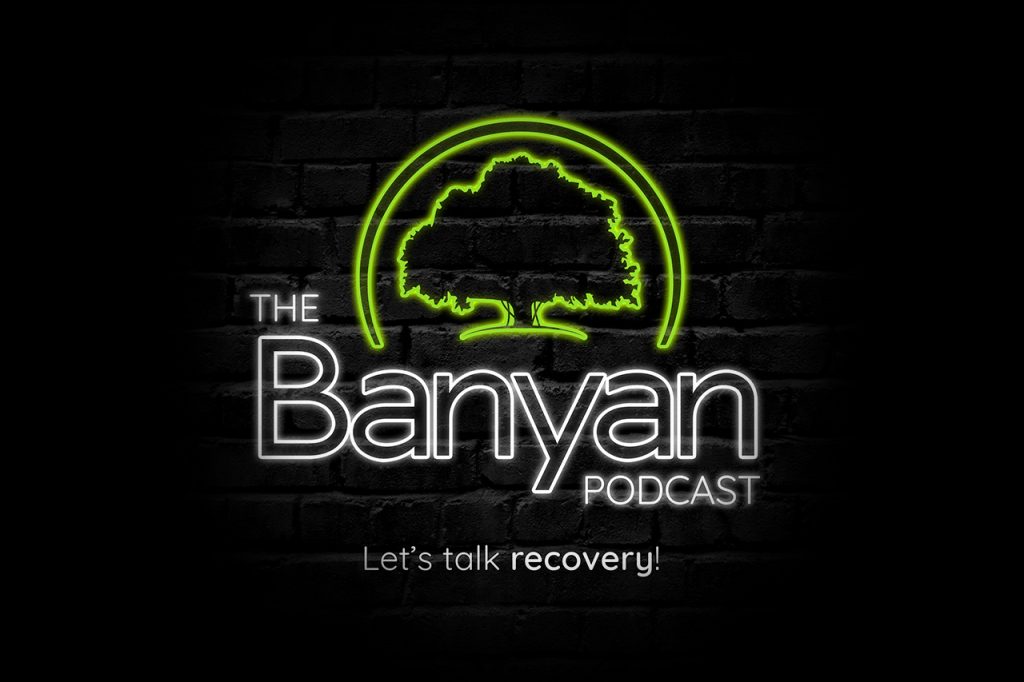Whippets, or whippits, is a term used to describe the nitrous oxide charger that’s used in whipped cream dispensers.
Nitrous oxide, or “laughing gas,” can cause a high when inhaled. Although it’s usually used in a medical setting, like in a dentist’s office, more and more people are experimenting with whippets and inhalants to get high. Our nationwide drug and alcohol treatment center is sharing some whippet facts you should know.
8 Whippet Facts You Should Know About
Whippets tend to cut off oxygen to the brain, in addition to symptoms like dizziness, lack of coordination, and hallucinations. The long-term dangers of inhaling whippets include heart failure and brain damage, especially in children. Below are eight facts about whippets, including when they were discovered, their side effects, and how they affect brain cells.
#1: B12 can help treat complications linked to whippet abuse
Abusing whippets can cause B12 deficiency, also known as cobalamin deficiency. B12 is a vitamin that’s naturally present in certain foods and other dietary supplements. When a person is vitamin B12 deficient, they may become anemic and experience symptoms like fatigue, difficulty breathing, numbness, lack of coordination, and memory problems. A person who abuses whippets may not realize this side effect among the many others, increasing their risk of hospitalization.
#2: Whippets are addictive
Whippets are often used alongside other inhalants that can include a wide range of chemicals, including common household items. One of the many dangers of whippets is addiction, which is the result of changes in brain function and emotional attachment. It’s common for people to abuse drugs to cope with emotional struggles or mental illness, so drug dependence is often linked to emotional support.
#3: Nitrous oxide can be prescribed
Laughing gas is often associated with dentists’ offices, but it’s not limited to fillings and root canals. Nitrous oxide is also used to treat women’s labor pains and pa in associated with traumatic injuries. Because the main side effect of whippets is the cut-off of oxygen to the brain, it’s important to avoid using it when not prescribed. When nitrous oxide is prescribed in a safe medical environment, medical professionals can ensure that patients receive all of the oxygen they need. This minimizes any complications, including the potential for abuse and addiction.
#4: Whippets can kill brain cells
Whippets can deprive the heart and brain of much-needed oxygen, a condition otherwise known as hypoxia. Long-term use of whippets can cause delayed cognitive development in younger people. Because the brain can’t function without oxygen, the longer it lacks it, the more damage occurs. In any other situation, brain damage like cell death occurs when the brain is not given oxygen. So, yes, whippets can kill brain cells.
#5: Whippets can cause organ damage
In addition to the brain, whippets can damage organs like the lungs, heart, kidneys, and liver. There’s an even greater risk of lung injury and even frostbite in the nose, mouth, and throat when a person inhales laughing gas directly from a canister. Frostbite may sound extreme, but nitrous oxide is maintained at 40 degrees Fahrenheit in the canister. Not only can frostbite occur, but other risks include faulty dispensers exploding and ruptured lung tissues.
#6: Younger people are more likely to abuse whippets
Whippets are now the seventh most popular drug in the world and are especially common among teens and adolescents.1 Whippet and inhalant abuse among adolescents is common mainly because these substances are accessible and cheap. Whippets can be found in any canisters of household items, like whipped cream. A parent may not even realize their child is abusing whippets simply because people rarely consider these dispensers as drug paraphernalia.
Engaging in substance abuse at a young age increases the person’s risk of developing an addiction. Not only that, but an individual who begins experimenting with soft drugs like nitrous oxide may turn to harder drugs like heroin, cocaine, or prescription drugs for a more intense high. If you find yourself or a loved one developing a drug problem, our addiction treatment programs at Banyan Treatment Centers can help.
#7: You can overdose on whippets
As with other drugs, you can overdose on whippets. Users tend to continuously inhale laughing gas because the high it produces only lasts a few seconds. Inhaling too much can be toxic and lead to an overdose. Common whippet overdose symptoms include bluish tint to the lips and fingers, trouble breathing, tightness in the chest, choking, and hallucinations. A whippet overdose can also cause a person’s breathing to stop, resulting in death.
#8: Nitrous oxide has been around since the 1700s
Laughing gas isn’t a newer drug. Nitrous oxide was synthesized in 1772 by English chemist Joseph Priestley. It wasn’t until another English chemist, Humphry Davy, experimented with nitrous oxide, and then its side effects were understood. Because it was discovered to be an effective short-term anesthetic, it’s been used in medical settings for temporary procedures like dental operations and short-term pain relief.
One of the most important facts about whippet drugs you should remember is that they’re dangerous. While laughing gas may seem harmless, it can lead to physical dependence and health complications like organ damage. Abusing softer drugs like nitrous oxide can also expand a person’s curiosity to the point where they may consider using harder and deadlier drugs.
If you or someone you know is battling with addiction, call our treatment center now at 888-280-4763 for more information about the addiction services at Banyan.




















